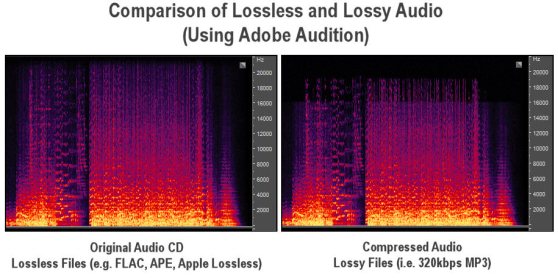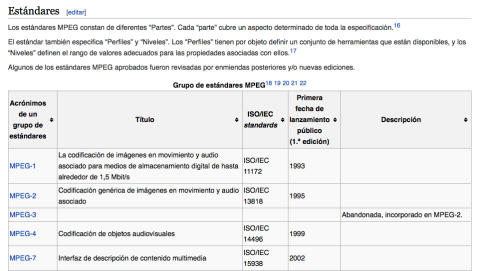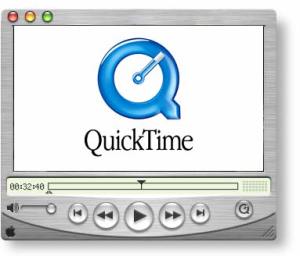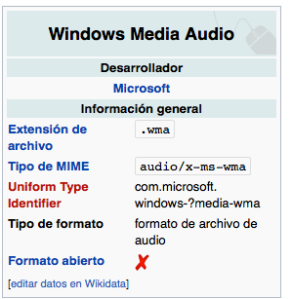To introduce the subject, first, we need to define compression algorithms as a tool to reduce the memory required to hold information. To transmit information, audio in this case, between users, sometimes it’s necessary compress the file with the aim to reduce its size and thus make a faster and optimal transfer.
The information transmitted data can be of three types:
Redundant: repetitive or predictable information.
Irrelevant: information that can not appreciate and whose elimination therefore does not affect the content of the message.
Basic: relevant. Which must be transmitted so that it can reconstruct the signal.Considering these three types of information, three types of information compression are established:
No real loss: transmits all the entropy of the message (all basic and irrelevant information, but eliminating redundant).
Subjectively lossless: that is, besides eliminating redundant information irrelevant is also removed.
Lossy subjectively: some background information is removed, so that the message will be reconstructed with noticeable but tolerable errors.
Given this information, on the subject of digital audio, we can make a difference between two main kind of compression, Lossless and Lossy.
- Lossless compression is when the audio files before and after compressing them, are accurate and exactly the same size, there aren’t any loss. Higher compression only involves more processing time.
- Lossy Formats is the result of compression of files with data loss and loss of quality of the original version. The concept is usually associated both image files like JPEG to audio files such as MP3 or AAC (Advanced Audio Coding). When you compress an original audio files can reduce the dynamic range of the audio. One advantage of lossy compression is that the resulting file occupies much less disk space than the original, a compressed MP3 file can be one tenth of size of the source audio.
PCM , DPCM i ADPCM
PCM or Pulse Code Modulation is a modulation method used to convert an analog signal into a sequence of bits.
- DPCM (Diferential Pulse Code Modulation)
PCM is a technique of representing an analog signal as a sequence of bits. In PCM, first, the signal amplitude is measured (more correctly, the signal is “sampled”) at equal intervals. Then these samples are stored as digital numbers.
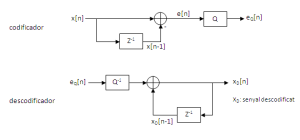
- APCM (Adaptive Differential Pulse Code Modulation
ADPCM is a type of DPCM (Differential Pulse Code Modulation), which sends (or stores) the difference between consecutive samples instead of sending the full extent of the sample. This reduces the number of bits has been sent.
 Both are sub-categories of file formats of Microsoft waveform (.wav).
Both are sub-categories of file formats of Microsoft waveform (.wav).
Ogg Vorbis
Ogg Vorbis is a free audio format without owner, and free from patent, was developed by the Foundation Xiph.Org. is often used to medium and high quality audio (8kHz -28.9KHz 16+ bit, polyphonic). The quality of the format is higher than MP3, WMA and last generation commercial codecs like AAC with the added value of being free, any person can use or modify the codec freely. The main advantage of using Ogg Vorbis is to produce smaller files than most codecs with the same quality or better and free way.
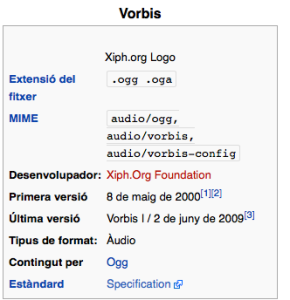
MPEG or Moving Picture Experts Group
It is a working group of experts formed by the Technical Committee for Technology ISO / IEC JTC 1, Information ISO (International Organization for Standardization) International Electrotechnical Commission (IEC) to set standards for audio and transmission video.
MPEG uses a lossy compression type, as some data is deleted but the loss of quality is generally imperceptible.
The term also refers to MPEG family of standards for digital video compression and file formats developed by the group:
Property formats based on MPEG:
- Dolby Digital
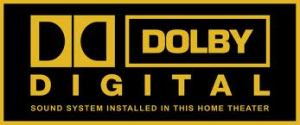
“It is the name of audio compression technologies developed by Dolby Laboratories. It was originally named Dolby Stereo Digital until 1994. Except for Dolby TrueHD audio compression is lossy. The first use of Dolby Digital was to provide digital sound in cinemas from 35 mm film prints. Now also used for other applications like HDTV broadcast, DVD, Blu-ray and game consoles.”
“Is a framework multimedia standard developed by Apple consisting of a set of libraries and a media player (QuickTime Player). In his version 7 is compatible with the MPEG-4 standard. There is a Pro version that adds several features such as video editing and encoding formats, including AVI, MOV, MP4.”
“Is an encryption algorithm (codec) of lossy developed by Sony, based on psychoacoustics, offering different compression rates principles, as the sound quality. It is currently used to store information in audio, MiniDisc players and other audio products Sony owners”
“Is an audio compression technology developed by Microsoft. The name is used to refer to audio file format or audio codec. Is part of the Windows Media, a multimedia framework for media creation and distribution for Microsoft Windows.”
- Prezi link: http://prezi.com/wdbwnong3gdz/?utm_campaign=share&utm_medium=copy
- Webgraphy
http://www.coolutils.com/Formats/MP4
http://en.wikipedia.org/wiki/Windows_Media_Audio
http://mpeg.chiariglione.org/standards/mpeg-4/audio

